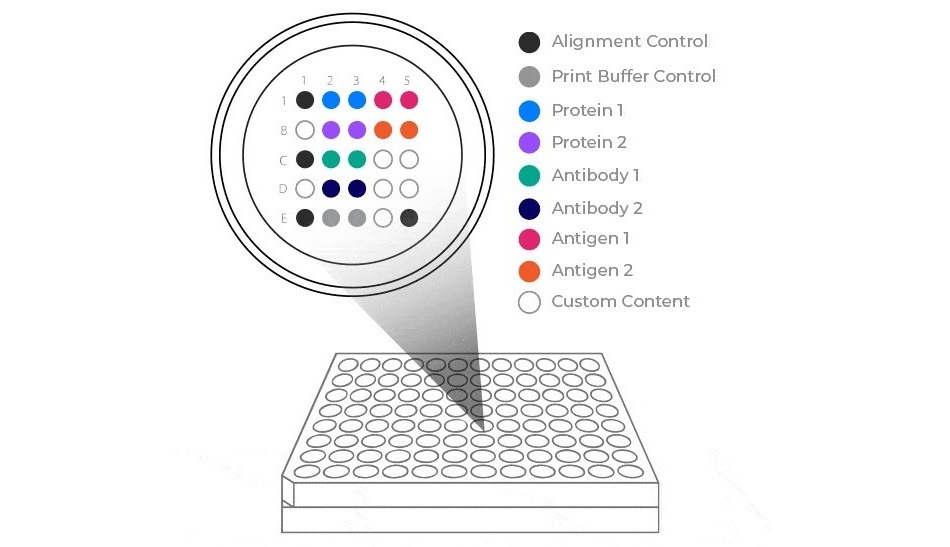New Urine Proteome Analysis Approach Reduces Analysis Time and Enhances Identification Coverage
Posted on 19 Jun 2023
Urine serves as a promising source for early and sensitive biomarker discovery due to its non-invasive collection and ability to reflect accumulated changes within the human body. However, analyzing the urine proteome poses challenges owing to its wide dynamic range, spanning approximately 10 orders of magnitude in protein concentrations. The presence of high-abundance proteins in urine can overshadow potential disease biomarkers to make their identification difficult. To address this issue, fractionation and depletion strategies are commonly employed prior to mass spectrometry (MS) analysis, aiming to improve the detection and identification of these elusive biomarkers. An alternative approach involves fractionating urine through ultracentrifugation (UC) to deplete high-abundance proteins, enabling the isolation of exosomes with high purity while retaining a majority of the high-abundance proteins in the supernatant. However, the strong centrifugal force during UC can unavoidably cause disruption in the intact structure of exosomes, leading to the isolation of minimal amounts from a small urine volume.
Researchers at the Chinese Academy of Sciences (Beijing, China) have now proposed an innovative solid-phase alkylation (SPA)-based sample preparation method that enables low-loss, anti-interference processing of sub-microgram proteomic samples. This new method combines UC fractionation, solid-phase extraction (SPA) sample preparation, and liquid chromatography-mass spectrometry (LC-MS), resulting in a comprehensive proteome profiling of urine known as CPU (comprehensive proteome profiling of urine). With this simple approach, the team successfully identified a total of 1,659 proteins using a short LC gradient of approximately one hour, which is 2.3 times more than the 730 proteins identified from raw urine without fractionation.

Significantly, in comparison to existing urine sample preparation methods, CPU offers notable advantages by not only significantly reducing analysis time by 3-4 times but also enhancing the identification coverage of the urine proteome by 130-160%. The researchers further applied this method in conjunction with label-free quantification to perform a comparative proteome analysis of urine samples from both IgA nephropathy (IgAN) patients and healthy donors. As a result, they identified 227 differentially expressed proteins, throwing light on potential biomarkers associated with IgAN. They found several members of the solute carrier family 22 (SLC22) to be up-regulated in IgAN patients, indicating a potential connection to the disruption of renal metabolic function in these individuals.
“Our results demonstrated that our developed method holds promise as a valuable tool for the discovery of disease-related biomarkers in urine," said lead author Xinxin Liu, a technician at Dalian Institute of Chemical Physics, Chinese Academy of Sciences.
Related Links:
Chinese Academy of Sciences













